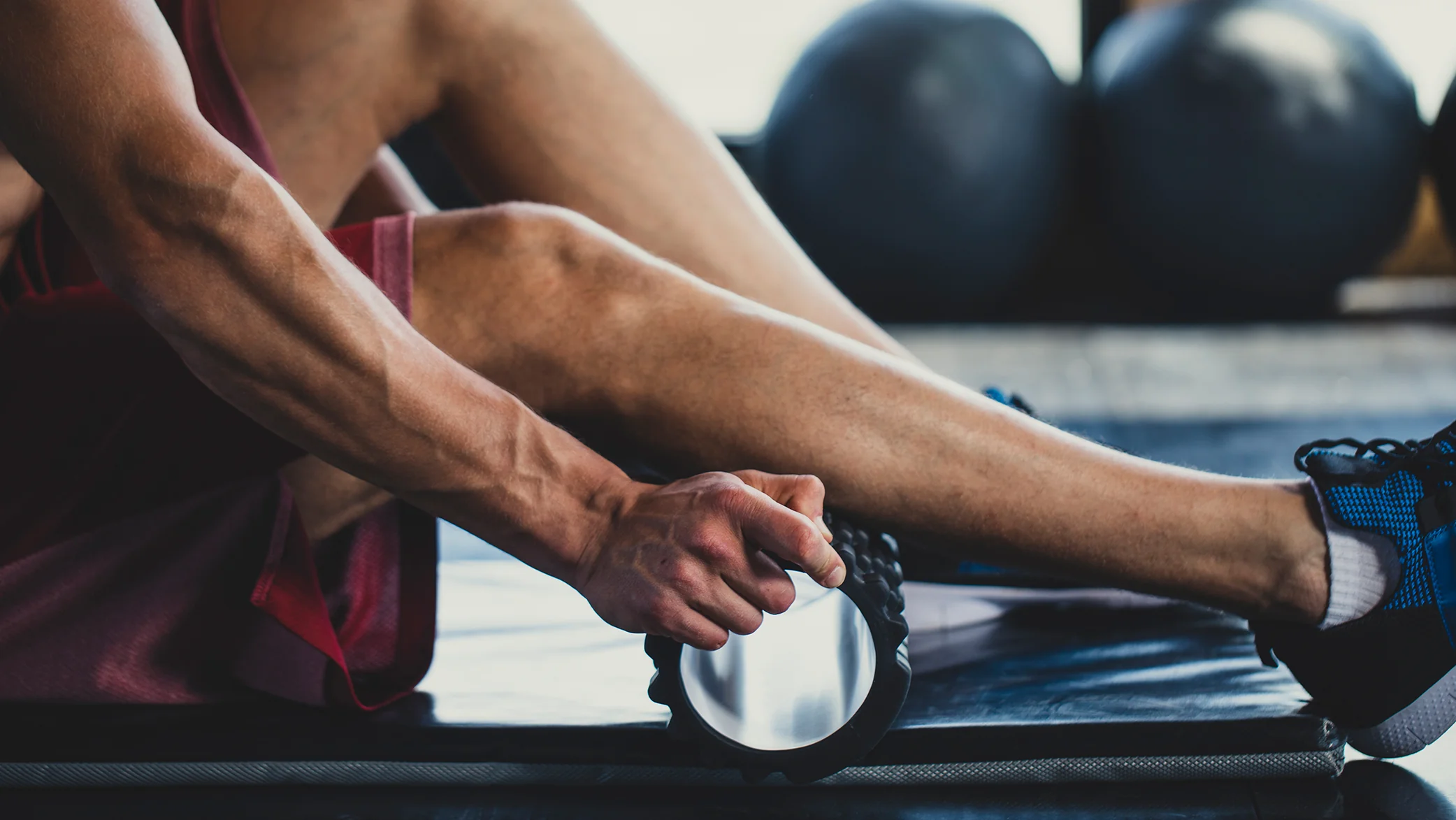7 Ways to Relieve Muscle Soreness

We’ve all been there before; you’ve had an amazing workout, hit the pillow for a good night’s sleep, and you wake up on your rest day with stiff, sore, achy muscles. Everything hurts, and your moving like you ‘ve just aged 30 years. This soreness could be delayed onset muscle soreness (DOMS), which is the pain you experience in your body anywhere from a few hours or even days after your workout. Here are some techniques you can use to speed up recovery and even some preventative measures you can take to lessen the pain. Try these seven ways to deal with muscle soreness on your rest day:
1. Treat yourself to a massage
Although deep tissue massages tend to not feel the most pleasant at the time, this will greatly pay off since studies have shown a decrease in pain for athletes that took advantage of their sports massage therapist post exercise. 1
2. Take an ice bath
Ice baths are becoming increasingly popular as a way to reduce inflammation in the body. An ice bath requires you to submerge your body, or part of your body, in icy water at temperatures dropping as low as 50-59 degrees for a total of 10-15 minutes. Theory suggests the benefits to these ice baths is that they help your body recover faster after intense periods of physical activity by reducing inflammation and lactic acid build up, while increasing blood flow and circulation of nutrients post-ice bath.2 Although more research is needed for definitive results, some athletes swear by ice baths after an especially difficult workout—preferably in the summer months!
3. Use a hot water bottle
Now that we’ve looked at applying cold temperatures to the body to help alleviate some of the symptoms of DOMS, it only seems natural that we look at the other end of the temperature scale. Studies have shown that when heat is applied to the muscles immediately post workout, pain is drastically lessened.3 Try using a hot water bottle, heat pad or hop in a hot bath to test out this form of recovery.
4. Use a foam muscle roller
Foam rolling is a technique to loosen up tight muscles after exercise. You’re essentially using your own body weight to stretch out your muscles and tendons, breaking down scar tissue while increasing circulation. Research shows that foam rolling to reduce muscle soreness can also increase range of motion.4
5. Spend time stretching
Stretching should be incorporated as part of your training. Stretching is a great way to increase flexibility, range of motion and relieve tension due to stiff muscles. Adding in a variety of stretches to your post-workout routine is the best way to target those muscles that you’ve used throughout periods of physical activity. Hamstrings especially tend to take on a lot of tension during endurance exercise which can result in lower back pain, since these powerful muscles tend to carry most of your weight. Ankles and calves, responsible for flexibility and push during exercise, should not be forgotten either. Last but not least, don’t forget about your core, which can hold a lot of tension when you are running, and if not stretched out, could lead to lower back pain. Try a seated half twist pose to loosen up your core and increase circulation.
6. Use compression socks and armbands
Compression socks and armbands are not just for style, they actually serve a purpose during and after a hard workout. Designed to be extremely tight to compress the leg or arm, compression gear may help your body to recirculate blood lactate post-exercise.5 You can find compression socks and armbands in any athletic store.
7. Use a Post Workout Supplement
Post workout recovery supplements can be just as important as your protein shake. Vega Sport® Recovery helps you replenish glycogen stores so you can be ready for whatever workout you want to tackle next. It comes with B vitamins, electrolytes, and essential carbohydrates your body needs.
How do you relieve your sore muscles?
References
1. Yun-Hee S. (2014). Effects of Therapeutic Massage On Gait and Pain after delayed onset muscle soreness. Journal of Exercise Rehabilitation. Department of Physical Therapy, College of Natural Sciences. Kyungnam University. 10(2).Accessed on 6/9/14 from http://e-jer.org/journal/view.php?number=2013600114
2. White GE, Wells GD. (2013). Cold-water immersion and other forms of cryotherapy: physiological changes potentially affecting recovery from high-intensity exercise. Extreme Physiology & Medicine;2(1):26. Accessed on 5/8/14 from: http://www.ncbi.nlm.nih.gov/pmc/articles/PMC3766664/
3. Petrosky J. (2013). Moist Heat or Dry Heat for Delayed Onset Muscle Soreness. Journal of Clinical Medicine Research. 5(6):416-425,Accessed on 6/9/14 from:http://www.ncbi.nlm.nih.gov/pmc/articles/PMC3808259/pdf/jocmr-05-416.pdf
4. Macdonald GZ, Button DC, Drinkwater EJ, Behm DG. (2014). Foam rolling as a recovery tool after an intense bout of physical activity. Medicine and Science in Sport and Exercise.46(1):131-42.
5. Rider BC, Coughlin A, Hew-Butler T, Goslin B. (2013). EFFECT OF COMPRESSION STOCKINGS ON PHYSIOLOGICAL RESPONSES AND RUNNING PERFORMANCE IN DIVISION III COLLEGIATE CROSS COUNTRY RUNNERS DURING A MAXIMAL TREADMILL TEST. Journal of Strength and Conditioning Research.
Related Articles
-
 Read article
Read articleHow to Start Your Morning
Ok, let’s be real here. There are some mornings we wake up and feel less than...
-
 Read article
Read articleHow to Practice Mindful Eating
Mindful eating is being aware of what, why, and how you eat. It’s an awareness of...
-
 Read article
Read articleFive Tips for Recovery with Professional Triathlete Rach McBride
I began racing triathlon in 2006 and quickly realized that this sport was an obsession I...








